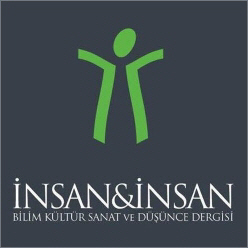Çağlar Ozan Gönüllü
Abstract: The concept of development, especially for developing countries, is too important a concept to be narrowed down to include only economic development. Recent literature have concluded that should be focused on human development for sustainable economic development. Determining the factors and relationships affecting development is important in terms of shedding light on the problems of countries that want to achieve sustainable development goal and suggesting solutions. In this study, the relations between two dimensions of development, economic development and human development, were examined. The dependent variables of the study, which covers 32 years between 1990 and 2021, representing human development are Life Expectancy (YS), Education Period (ES) and Gender Inequality Index (CEE). The variable representing economic development is Gross Domestic Product (GDP) per capita. After the data were subjected to homogeneity, cross-section dependence, and unit root tests, economic development-human development relations were investigated with the Westerlund Panel Cointegration Test. According to the test results, the relationship between YS and GDP is statistically insignificant, while the ES and CEE’s relationship with GDP is statistically significant at the 95% confidence interval (p<.05).
Keywords: Economic development, Human development, Fragile Five, UNDP, Westerlund Panel Cointegration Test
Çağlar Ozan Gönüllü
DOI: 10.29224/insanveinsan.1368996
Year 11, Issue 37, Winter 2024

Tam metin / Full text
(Turkish)

This work is licensed under a Creative Commons Attribution-NonCommercial 4.0 International License.
